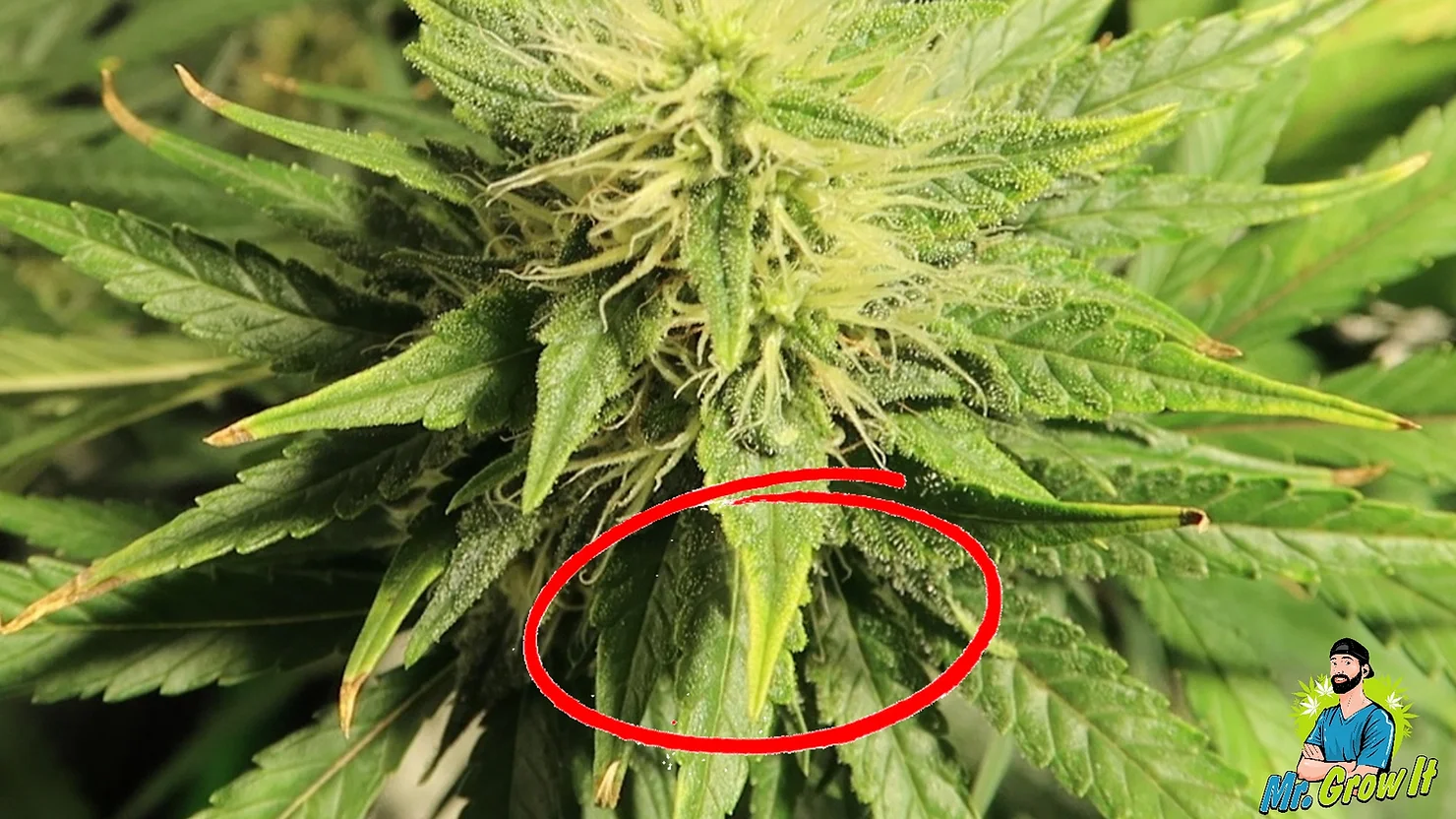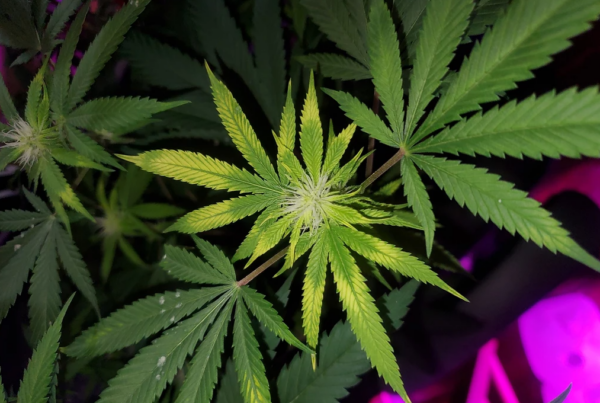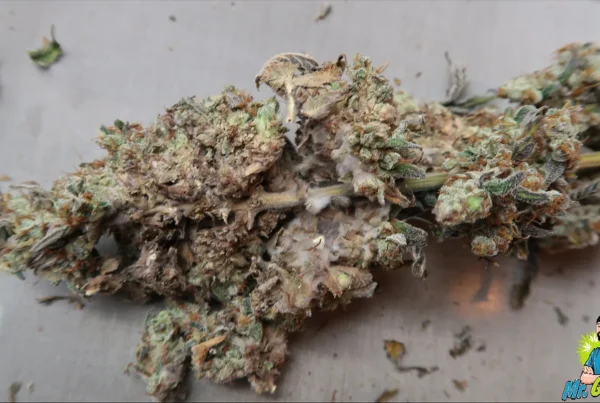Growing cannabis is exciting; there’s a feeling of joy when your flowers are ready for harvest. But while you are going through the process, you may run into some problems. One of the problems being your plant becoming copper deficient.
Copper is a micronutrient that cannabis plants need in a low quantity for different processes. For instance, cell formation, carbohydrate metabolism, enzyme synthesis, etc. Moreover, copper has a crucial role in photosynthesis. If a cannabis plant has copper deficiency, the plant grows weak and lacks the energy required for growth and other processes.
Copper deficiency does not occur very often as the soil usually has enough content of copper for the plant to absorb under ideal conditions. Although it is a rare problem in cannabis plants, it can have a great overall impact on the crop. If your plant is showing symptoms of copper deficiency, making it a priority to treat it will prevent irreversible problems in the future. But what are some of the major symptoms that can help identify this problem when it arises? This article will give you all of the signs that you need to watch out for and the treatment to keep the crop from further damage.
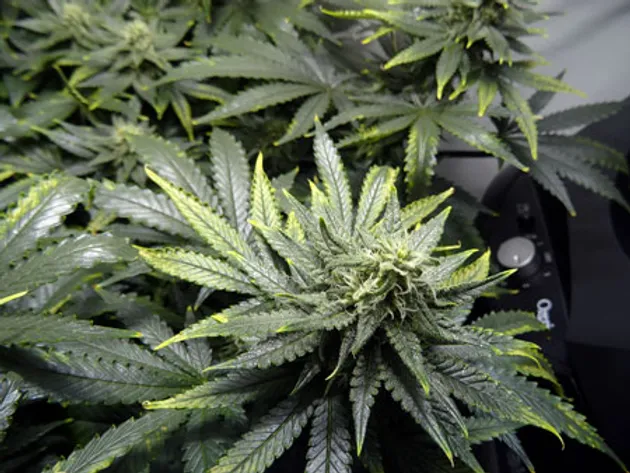
Symptoms of Copper Deficiency
For a healthy and thriving cannabis plant, it is recommended to inspect the plant regularly. Some may consider this tedious, but it can help catch early signs of copper deficiency.
Look at the leaves
One of the telling signs of copper deficiency is the change in color of the leaves. The leaves may look shiny and metallic with bluish or greyish undertones. You may see the edges and tips of the leaves turning pale yellow. The leaves turn yellow because the plant is unable to produce chloroplasts which plays a key role in photosynthesis and consequently in the overall health of the plant. Leaves may also start to curl, contort, or roll under. The symptoms are likely to occur in new leaves of the plant, hence, proactively keeping an eye on the new leaves and carefully observing them will help tackle the problem early on. If you are a new grower, it is easy to mix copper deficiency with nutrient burn but with the latter, leaves become yellow and then brown and crusty whereas with copper deficiency the leaves have a metallic sheen to them.
Look at the stems
Another symptom to identify if the plant is copper-deficient is by monitoring the new growth, especially stems. Copper deficiency greatly affects and inhibits the growth of stems. The stems of a copper-deficient plant look smaller and weaker when compared to a healthy plant, mainly because copper is required for the synthesis of lignin, a protein that is present in the cells of the stem issues. If your plant is looking more compact and dwarfish compared to a healthy plant, it is time to start the treatment.
Look at the buds
The effects of copper deficiency can also be seen in the plant as slow flowering and ripening in the buds. The plant has difficulty photosynthesizing and this lack of adequate energy impedes bud growth. Copper deficiency is more likely to occur during flowering and can affect the harvest.
A copper-deficient plant is vulnerable when it comes to diseases since it is weak. If you are seeing the symptoms of copper deficiency in your cannabis plants, then you must act quickly as it can lead to wilting and dying. Below is what to do if your plant has copper deficiency.
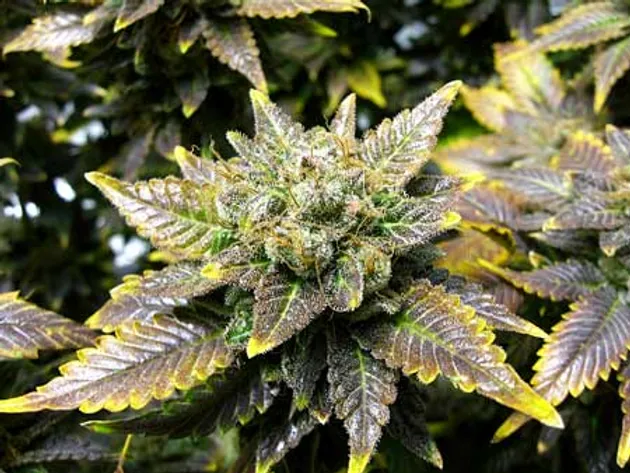
How To Fix Copper Deficiency In Cannabis Plants
If you have noticed signs of copper deficiency in your cannabis plant, don’t panic. You can take action to set your plant on the path to recovery. Here is how to deal with this problem:
Monitor pH level
The first thing on the checklist is to monitor the pH level of the growing medium. If your cannabis plant is growing in soil, then the pH level should be between 6.0 and 7.0. The recommended range for hydroponics and soilless mediums is between 5.5 pH to 6.5 pH. Making sure that the pH level is within that range will result in optimum growth of the plant will also ensure that copper is being absorbed better by the plant. For best absorption, a slightly acidic environment is recommended.
Flush the system
If you check the pH with a pH meter and find that levels are out of the ideal range, you can fix it by flushing out your system with pH-balanced water containing nutrients that are good for the cannabis plant. This will eliminate salts and minerals that have accumulated in the soil. Once pH is restored to the correct level, you will notice a change in new growth – much to your relief.
Add copper
Cannabis plants need copper in trace amounts and usually, there is enough copper present in the growing medium. In rare cases, you may have to provide copper to the plant. The best way to do it is to get copper chelates or copper fungicides that have copper sulfate in them. Besides that, you can use organic solutions like kelp, greensand, and compost which are rich in copper.
One interesting way to deal with copper deficiency is to soak coins (dimes and quarters) in water overnight, and then water your plants with it. This method works because those coins contain 92% copper. Your plants will become rich in copper in no time!
By understanding what copper deficiency is and how to combat it, you can help your plant recover and get a great yield. Keep in mind that copper is immobile; that means it does not move from older tissues to newer tissues. Therefore, you will have to wait to see the signs of recovery in the new leaves. If the new growth is healthy, you can rest assured that your plant has recovered from the deficiency and you should see a normal growth rate again.
Sources:
- https://www.growweedeasy.com/cannabis-plant-problems/copper-deficiency
- https://www.royalqueenseeds.com/blog-copper-deficiency-in-cannabis-symptoms-and-treatment-n828
- https://www.ilovegrowingmarijuana.com/marijuana-nutrient-deficiency-copper/
- https://www.bonzaseeds.com/blog/copper-deficiency-treatment-prevention/
- https://growingexposed.com/cannabis-doctor/copper-deficiency/
- https://www.sensigarden.com/copper-deficiency-cannabis/
![]()

